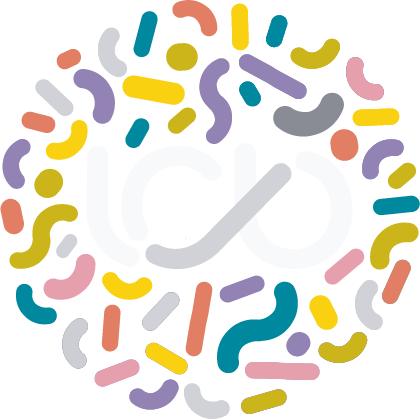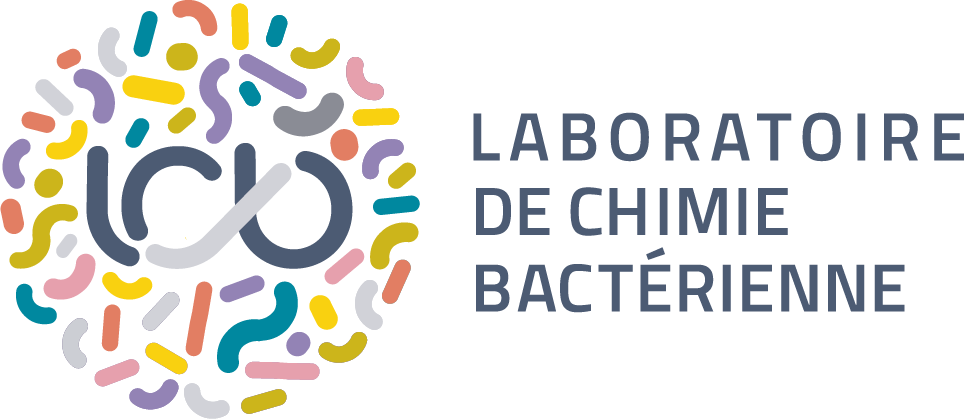Bacterial RNA polymerase holoenzyme requires sigma70 factors to start transcription by identifying promoter elements. Cyanobacteria possess multiple sigma70 factors to adapt to a wide variety of ecological niches. We investigated the structure and evolution of sigma70 factors in cyanobacteria, analyzing their modular architecture and variation among unicellular, filamentous, and heterocyst-forming morphotypes. 4,193 sigma70 homologs were found with 59 distinct modular patterns, including six essential and 29 accessory domains, such as DUF6596. Ninety percent of cyanobacteria typically have 5 to 17 sigma70 homologs and this number likely depends on the strain morphotype, the taxonomic order and the genome size. We classified sigma70 factors into 12 clans and 36 families. According to taxonomic orders and phenotypic traits, the number of homologs within the 14 main families was variable, with the A.1 family including the primary sigma factor since this family was found in all cyanobacterial species. The A.1, A.5, C.1, E.1, J.1, and K.1 families were found to be key sigma families that distinguish heterocyst-forming strains. To explain the diversification and evolution of sigma70, we propose an evolutionary scenario rooted in the diversification of a common ancestor of the A1 family. This scenario is characterized by evolutionary events including domain losses, gains, insertions, and modifications. The high occurrence of the DUF6596 domain in bacterial sigma70 proteins, and its association with the highest prevalence observed in Actinobacteria, suggests that this domain might be important for sigma70 function. It also implies that the domain could have emerged in Actinobacteria and been transferred through horizontal gene transfer. Our analysis provides detailed insights into the modular domain architecture of sigma70, introducing a novel robust classification. It also proposes an evolutionary scenario explaining their diversity across different taxonomical orders.




